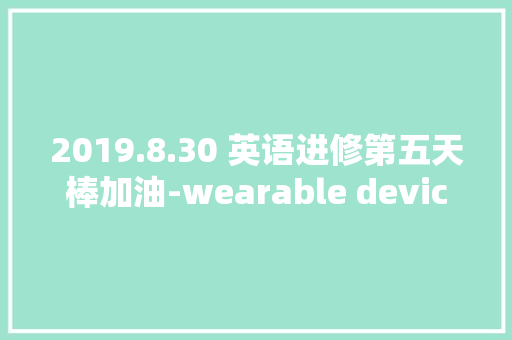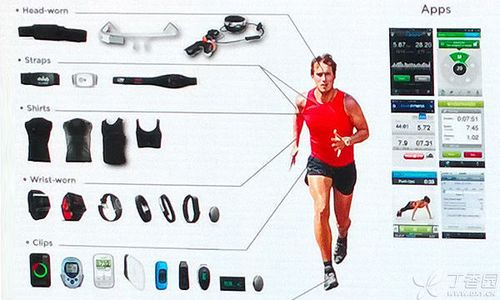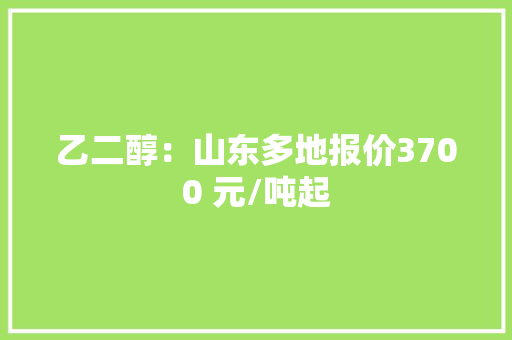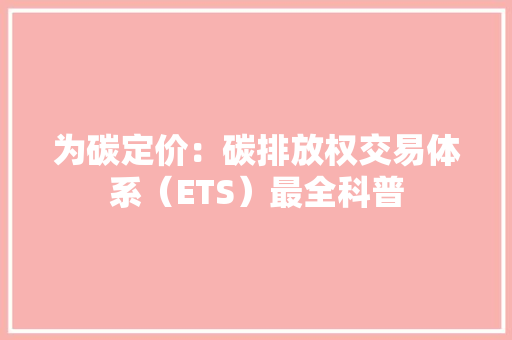研究职员发明了一种可穿着设备,他们说这种设备可以在为行走和跑步供应帮助的同时供应能量。
The robotic device, called an exosuit, is described in a study in the magazine Science.

在《科学》杂志上揭橥的一项研究中,描述了这种被称为系外航天服的机器人装置。

Researchers from Harvard University's Wyss Institute say the exosuit demonstrates great possibilities for future inventions of lightweight wearables that could have mass appeal.
来自哈佛大学威斯研究所的研究职员表示,这种系外航天服展示了未来轻量化可穿着设备的巨大可能性,这些设备可能具有大众吸引力。
Many wearable assistive devices developed in the past have been designed mainly to help people with physical disabilities.
过去开拓的许多可穿着赞助设备紧张是为了帮助身体残疾人士而设计的。
The new exosuits could also help disabled people.
这种新型的外穿设备还可以帮助残疾人。
However, they could also provide energy and speed to everyone.
然而,它们也可以为每个人供应能量和速率。
The device is about 5 kilograms.
这个装置大约有5公斤重。
It was built to be \"大众simplified and nonrestrictive\"大众 compared to other wearable devices.
与其他可穿着设备比较,它的设计宗旨是“简化和无约束”。
The robotic shorts are made of soft, stretchy material.
机器人短裤由优柔、有弹性的材料制成。
A computer and motor control the device, which attaches around the waist and thighs.
电脑和电机掌握这个装置,安装在腰部和大腿周围。
Cables connect the motor to the user's upper leg.
连接线将马达连接到用户的上肢。
With each step, the system creates pressure on the cables.
每走一步,系统都会对连接线产生压力。
This gives power to the upper leg muscles.
这给了腿部肌肉力量。
The team called its system a \公众breakthrough\"大众 in wearable technology.
该团队称其系统是可穿着技能的打破。












